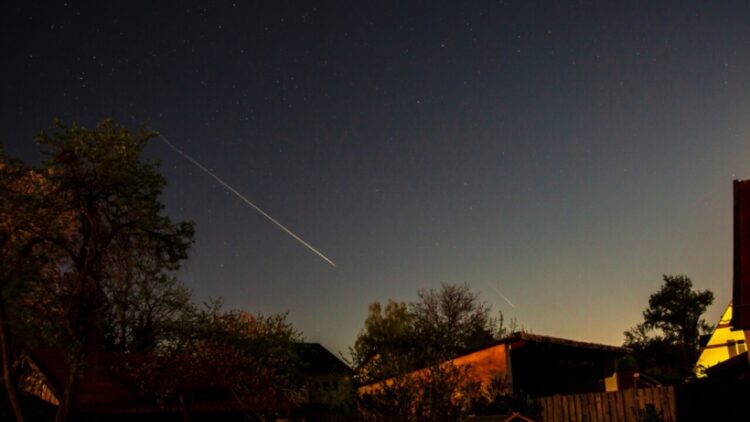Geminid meteor shower, last of the year, will peak this week

The Geminid meteor shower is always the last major meteor shower of the year. Viewing the 2021 Geminids should be nearly ideal since the moon isn’t likely to be a distraction.
The meteor shower will peak on the night of Monday, Dec. 13, and last into the early morning hours of Dec. 14. The best time to be outside and looking up will be after 3 a.m. and before dawn.
That’s after the moon has set, and skies will be good and dark, making it easier to spot a few meteors streaking across the sky.
During the Geminid meteor shower’s peak, watchful eyes can typically spot up to 50 meteors an hour, and during especially active years, people have reported seeing up to three times that many.
Which Direction Should You Look To See The Geminid Meteor Shower?
The meteors from the Geminid meteor shower appear to originate from the constellation Gemini, also known as the Twins, which is how the Geminids got their name.
To find Gemini, look to the southwestern sky for Orion the Hunter, which can be spotted by the three stars in the hunter’s “belt.” From there, look up and to the left of Orion to find Gemini.
While the meteors may appear to radiate from Gemini, you won’t need to find it to see anything. Meteors will be streaking across the sky in all directions, so watchers simply need to be patient as they keep their eyes to the sky.
Where Does The Geminid Meteor Shower Come From?
Meteors aren’t actual shooting stars despite the popular name. Instead, meteors are pieces of debris that burn up as they enter the Earth’s atmosphere traveling at about 80,000 miles per hour.
The meteors in the Geminids are pieces of a near-Earth object called 3200 Phaethon, a 3-mile wide asteroid that may have undergone a collision with another object in the distant past.
People have been looking up at the Geminid meteor shower for nearly two centuries. The first known recorded observation was reportedly from a riverboat on the Mississippi River in 1833.
The Geminid meteor shower is a recurring annual event, and it’s likely to continue for a long time into the future.
Tips For Watching The Geminid Meteor Shower
First and foremost, find a dark, open sky far away from any city lights. The darker, the better.
Once you’re outside and in the dark, give yourself at least 20 minutes, if not longer, for your eyes to adjust to the lack of light. And don’t set yourself back by staring at any device screens while you wait.
Bring a friend. Not only will it help to pass the time while you wait, but you can both watch in different directions and call out when you see a meteor streaking across the sky.
The Last Meteor Shower Of The Year
The Geminids are the last meteor shower of 2021, and some would argue it’s one of the best meteor showers all year.
As long as skies remain clear and you’re bundled up enough to withstand December’s chill, it should make for a good way to end the year.
Follow meteorologist Jason Meyers on Twitter and subscribe to him on YouTube for more entertaining and educational content.









